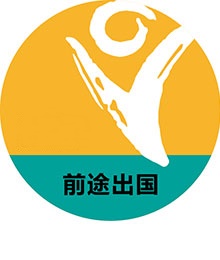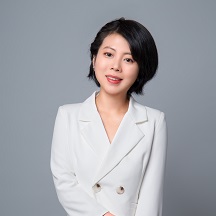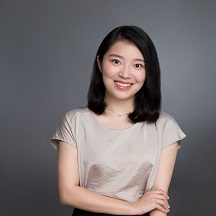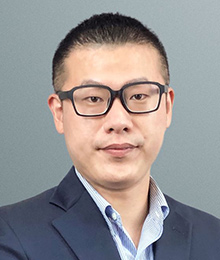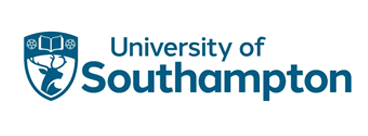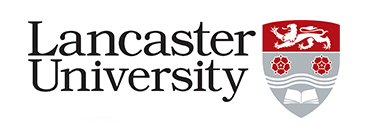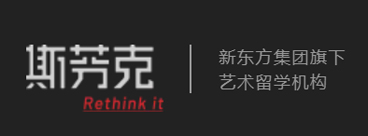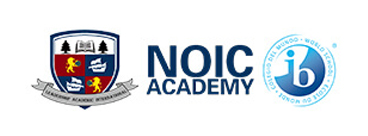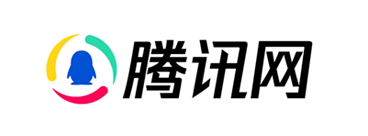Cornell’s Department of Physics has 40 active professors that specialize in a wide range of research areas: Condensed Matter Physics, Particle Physics, Astrophysics and General Relativity, Accelerator Physics, and Biological Physics. The department has approximately 120 undergraduate majors and roughly 200 Ph.D. candidates, across all years, at any given time. The Department of Physics at Cornell offers an education hard to find at any other university. From award-winning faculty to research and experimental facilities such as the Cornell High Energy Synchrotron Source and Cornell Nanoscale Science and Technology Facility, your education at Cornell will include classroom and laboratory experiences that are second to none. Our program is flexible, and students play an important role in developing a curriculum that fits their needs. To this end, majors may choose to be “inside concentrators” or “outside concentrators”. The “inside concentration” is the standard path to professional or graduate work in physics and closely related fields. The “outside concentration” provides more flexibility for those want to develop skills in physics but whose career interests may lie elsewhere. For example, a pre-medical or biophysics student might concentrate in biology; a pre-law student might concentrate in business, history or public policy; and a student planning graduate work in econometrics or on pursuing an MBA might concentrate in economics. Studying physics at Cornell is a gateway to your future. For our alumni, a degree from Cornell has opened doors to employment with companies like Apple and Google, careers in law and medicine, and research and faculty positions across the globe. Our combination of first-class research facilities and congenial atmosphere provide our students with the best environment to learn theoretical and experimental physics.
Beginning in 2015, the physics department began an initiative to reform their introductory physics sequence, PHYS 1112, 2213, and 2214, formally known as the Cornell University Physics Initiative in Deliberate practice (CUPID). The CUPID project was one of three pilot projects in the Active Learning Initiative in the College of Arts and Sciences to improve the teaching of science and mathematics, funded by Alex and Laura Hanson (Class of 1987). In active learning classrooms, students enjoy more hands-on activities and more frequent student-student and student-instructor interactions through methods such as small discussion groups, partner sharing and the use of technology like iclickers, web-based polling, and smartphone apps to enhance learning. Students gain the information from the traditional lecture through online videos, readings, online exercises and quizzes they do in advance of class.The underlying concept behind the Active Learning Initiative is “deliberate practice”, something that most teachers and students of physics have recognized for many years : Physics is a skill, something that you learn by actual practice, not from just sitting and passively listening to a lecture. A developing body of physics education research literature also supports this conclusion. The question has always been how to successfully implement this idea using our current facilities, personnel, and scheduling. In Prof. Tomas Arias’ PHYS 2213(Electromagnetism) class, student learning gains have increased significantly since introducing active learning, he said, with a typical B- student now earning a B+ in the class, students learning the material more deeply and student reviews of the class also climbing. For example, students who were taught using these new active learning methods performed dramatically better than students taught six years ago using traditional methods on an identical final exam (see figure). In addition to better learning outcomes, students also generally preferred the active learning model over the traditional classroom.“I became a physicist because I loved doing physics, not because I loved lecturing,” said Arias, professor of physics, who has used active learning in his large introductory physics class. “Now the entire lecture is transferred before class so the lecture time is whole-hog physics. We are doing physics problems the entire lecture.”Dr. Phil Krasicky, senior lecturer in physics, agrees. “It’s the only way you have a sense of what the students are thinking,” he says, “and it gives the students a way to self-evaluate their own thinking and what they have learned.” Krasicky noted a significant improvement in the percentage of correct answers in his ALI physics classes.In active learning classrooms, students enjoy more hands-on activities and more frequent student-student and student-instructor interactions through methods such as small discussion groups, partner sharing and the use of technology like iclickers, web-based polling, and smartphone apps to enhance learning. Students gain the information from the traditional lecture through online videos, readings, online exercises and quizzes they do in advance of class. “If we do this right, then a technology-enhanced approach to education will make our students more engaged in the learning process, less likely to quit and more likely to become empowered and self-actualized learners,” said Gretchen Ritter ’83, the Harold Tanner Dean of the College of Arts and Sciences.A large number of other physics faculty also played key roles in launching the CUPID project, including Prof. Julia Thom-Levy (now Cornell’s Vice Provost for Academic Innovation), Prof. Peter LePage (who was Dean of the College of Arts and Sciences when CUPID was initiated, now the College of Arts and Sciences’ new Director of Education Innovation), Prof. Kyle Shen (PHYS 2213), Prof. Robert Thorne (PHYS 2214), and Prof. Matthias Liepe (PHYS 2214).

